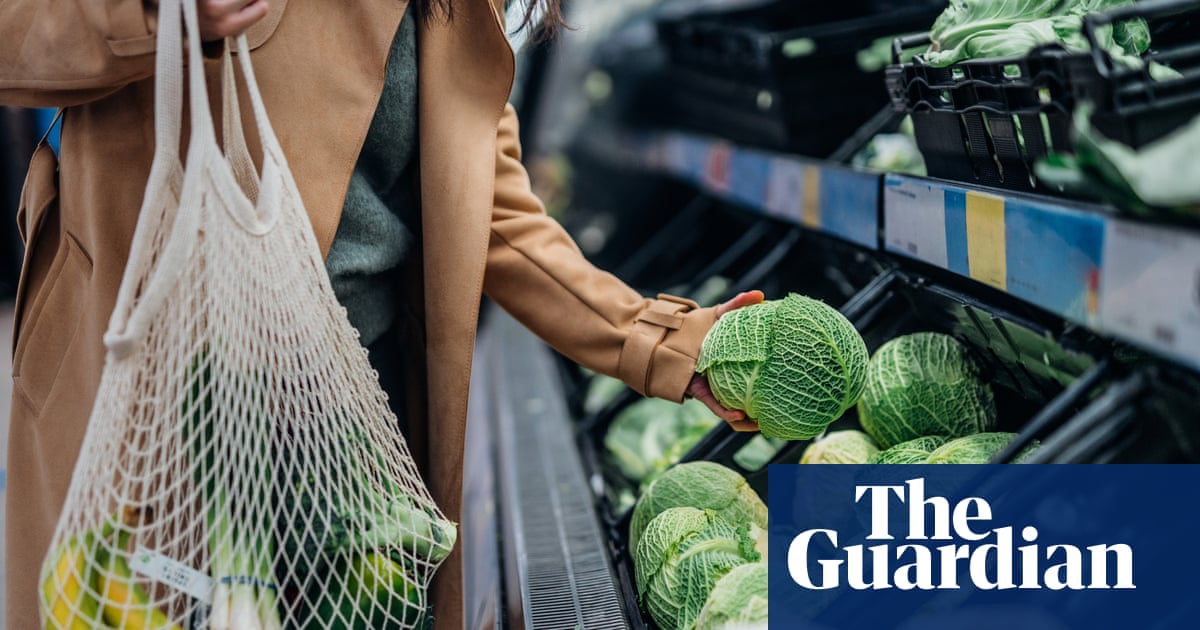In 2004, Donald Davis and fellow scientists at the University of Texas made an alarming discovery: 43 foods, mostly vegetables, showed a marked decrease in nutrients between the mid and late 20th century.
According to that research, the calcium in green beans dropped from 65 to 37mg. Vitamin A levels plummeted by almost half in asparagus. Broccoli stalks had less iron.
Nutrient loss has continued since that study. More recent research has documented the declining nutrient value in some staple crops due to rising atmospheric carbon dioxide (CO2) levels; a 2018 study that tested rice found that higher CO2 levels reduced its protein, iron and zinc content.
While the climate crisis has only accelerated concerns about crops’ nutritional value, prompting the emergence of a process called biofortification as a strategy to replenish lost nutrients or those that foods never had in the first place.



Yes, through genetic engineering. But people are afraid of that solution.
But that would reduce yields and profit!
There’s that, but the bigger problem is all the scaremongering. People think GMO crops will kill them. Golden Rice could eradicate malnutrition for millions of people and it keeps getting rejected due to GMO fears.
Unfortunately not just that, but also similar to some potatoes, it’s capitalism killing it. golden Rice and their seeds are private and must be bought by a monopoly company only.
And this problem is really about GMO being considered as one thing. There is plenty of GMO that can be done that I don’t want but plenty I do. I want food to require QR codes that goes into detail on what the food is. Where it was grown, where it was processed, if its genetically modified have it spell out exactly what was done, etc.
The QR code thing is not a bad idea, but I think there should also be a central database, hopefully government-managed, where you can look it up before you get to the QR code or even the store.
yeah and it would actually not be that much more over the code. more than likely you would add the data and then make the QR code off of it.
Seeing “GMO free” on a container of any corn product always gets a giggle out of me
I don’t think so: GM is another tool in the set of developing plants, with its own risks and rewards. The same selection pressure applies to create something that will feed many people and make lots of money, and the same soil and air with certain amounts of nutrients ready to be processed by the plant.
A powerful tool, and perhaps you can reap lots of benefit from it, including more-burritos;* but maybe, like chemical fertilizers, it will turn out to be a mixed blessing, especially if mainly used under quantity-and-profit pressure.
* okay that was going to be “more-nutritious food”, but auto-correct had better ideas.